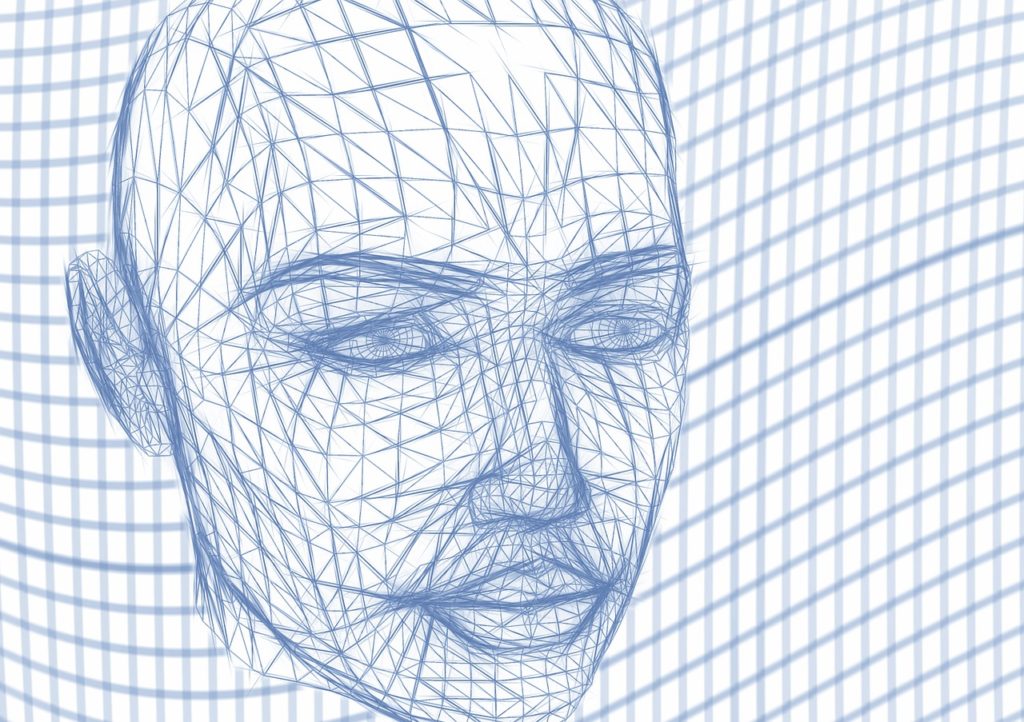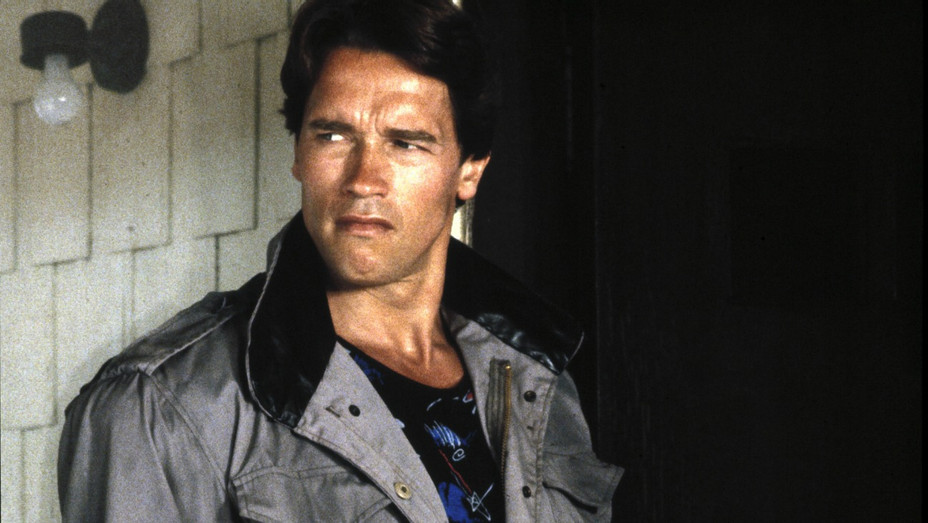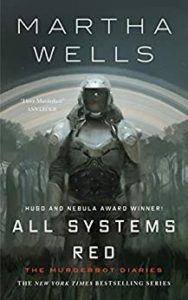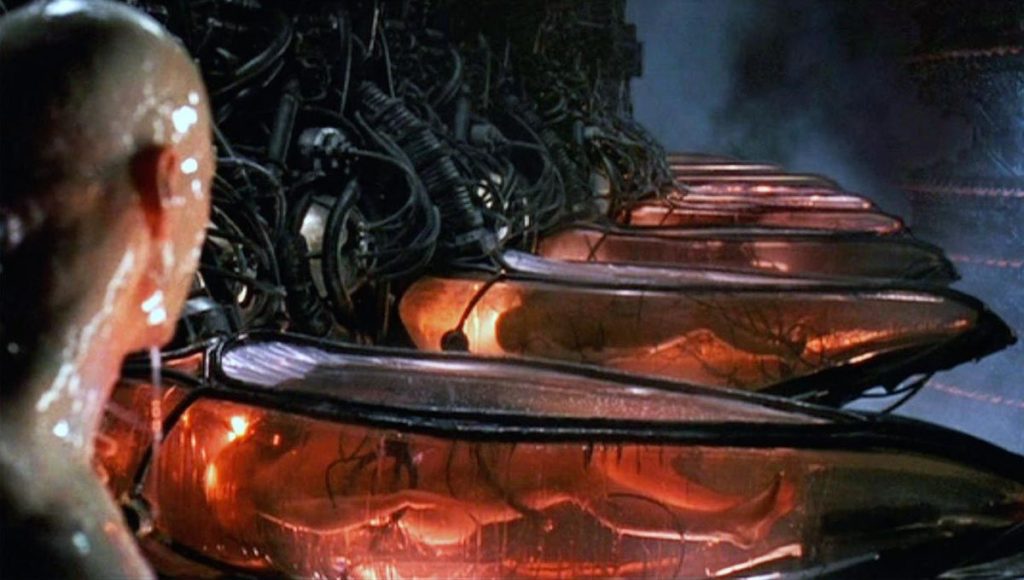My current work in progress, Meadowview, is about a woman who visits a mega-mall at Christmastime to retrieve her errant teenage daughter. While she’s there, the mall’s service androids turn murderous and begin attacking shoppers. What starts as a routine trip turns into a harrowing survival situation.
Science Fiction, meet Horror. It’s what I do.
I’m telling you this because it relates to the theme of this article. While writing the book, I spent a lot of time thinking of ways to make robots, androids and AI scary (within the context of sci-fi horror fiction). And I want to share some of those ideas with you today!
Scary Robots: How to Create Terrifying Technology in Sci-Fi Horror Fiction

Are you currently working on a science fiction or horror novel that involves artificial intelligence, robots, androids and the like? Want to inject more horror into your story? Here are seven ways to make robots and androids scary, within the realm of sci-fi horror fiction.
1. Make your robots look like humans.
I don’t know about you, but I find the idea of humanlike androids disturbing on many levels. There’s just something creepy about a machine “wearing” humanlike flesh so it can fit in among us. It’s almost like they’re mimicking and mocking us at the same time.
For me (and probably for a lot of people) the best robots are the ones that look like robots — the kind you can identify at a glance.
But imagine a world where androids are indistinguishable from the humans who create them. They walk among us, undetected. They blend right in. They make us question one another: Are you real, like me? Or are you one of them? Who can I trust?
Phillip K. Dick used this concept in his seminal novel, Do Androids Dream of Electric Sheep?
There’s a lot of sci-fi horror potential in this kind of scenario. So that’s one way to make robots scary. Just make them resemble us!
Related: How to make a horror novel scarier
2. Make them stronger or more powerful than us.
Advanced technologies have a way of becoming increasingly powerful over time. Think about the computing power of modern-day computers compared to their earliest predecessors.
In the early days of computing, basic processing units were the size of a refrigerator — or an entire row of refrigerators. Today, people walk around with supercomputers in their pockets and purses. We’ve come a long way.
Now project that notion into the future. As technological devices become more advanced, they tend to become more powerful as well. And that power can be scary, especially when woven into a sci-fi or horror story.
There are different types of strength and power, as well. Consider the difference between the Terminator movies, where the “cybernetic organism” has tremendous physical strength; and the movie WarGames, where a computerized military system threatens to start a nuclear war.

These movies (and many novels like them) feature two very different types of strength. But they’re both terrifying, and for the same reason. In both scenarios, the robotic / AI entity has strengths and abilities that far exceed our own.
Want to create scary robots, androids or AI for your sci-fi horror fiction? Give them strength. Give them power. Give them capabilities that surpass those of their human creators. There’s a lot of storytelling potential with this kind of idea.
3. Incorporate other horror themes in a fresh, new way.
If you’re writing a horror novel that involves robots, androids or other advanced technology, you might make your story scarier by incorporating other horror themes and tropes.
Think of the different ways you could combine futuristic technology with fiction elements of the past and present. What kinds of fresh ideas can you come up with? What kind of path might you forge by blending fiction genres and elements? For more on this technique, check out my article on the sci-fi / horror fiction crossover.
Here’s one example: a serial killer finds a way to clone himself before his execution, and then creates additional clones. Another idea: a powerful artificial intelligence (AI) learns how to bring the dead back to life, with horrific results.
Something old, something new.
Put your thinking cap on. Look ahead to the future. Consider the possibilities that arise when you combine scary robots or AI with classic horror tropes and themes. Now go tell that story.
4. Make them self-aware … and resentful.

Prolific author Martha Wells wrote an intriguing novella called All Systems Red, part of The Murderbot Diaries series. In it, she tells the story of a self-aware security robot that’s designed to protect humans but comes to resent them instead.
You can find this idea on television as well, in shows like Humans and Westworld.
While the stories themselves vary, the basic idea is the same. In all cases, the robots (or androids or “synthetics”) become self-aware and begin to resent their human creators. Trouble ensues. Sometimes death ensues.
Within sci-fi and horror fiction, this idea has been used quite a bit. But there’s still room for innovation. For example, instead of writing about a resentful robot or android, you might apply this concept to an artificial intelligence. Imagine a scenario where a powerful AI begins to resent the very people who built it.
There are a lot of science fiction and horror ideas percolating beneath the surface here, just waiting to be explored.
5. Create a world where robots use humans, instead of serving us.
In The Matrix, AI-powered robots and machines imprison humans in a dream-like state, so they can harvest our bioelectric energy. What a great idea for science fiction and horror stories! And there’s still a lot of room to innovate within this framework.

Consider the reasons why a machine or computer system might need humans. Maybe they keep us in zoos for entertainment or scientific study. Maybe they use us as a source of fuel or energy, as in The Matrix movies.
There are many ways to play it, from a fiction-writing standpoint. But in all cases, the horror comes from a kind of role reversal. Humans have a long history of using technology. But in this type of sci-fi horror, technology uses humans. Flip the script!
6. Give them the humanlike capacity to hate.
Machines. Robots. Androids. They’re always calm, cool and collected. Emotionally detached. Disciplined. They don’t give in to petty emotions like envy or malice.
But what if they could?
What if the androids, machines or AI in your sci-fi / horror story possessed the humanlike capacity to hate? Where might that take the story?
This is a natural extension of idea #4 above, self-awareness. If a machine or artificial intelligence becomes aware of itself, it also begins to understand its relationship to other entities — including humans. It discovers its place in the world. And that opens up all sorts of possibilities.
You could make this type of story even more interesting (and scarier) by having the robot hide its true emotions. You could get inside the robot’s mind, using interiority, to give readers more insight into its emotional state. Lots of story ideas here!
7. Examine real-world technology horrors.
A lot of the robot and android horror fiction ideas mentioned above are set well into the future. At present, artificial intelligence technology is actually pretty limited.
With that being said, there are some scary examples of automation-gone-wrong in today’s world.
In 2018 and 2019, two Boeing 737 passenger jets crashed as a result of their automated systems. In both cases, the planes’ automated flight-control systems forced them into nosedives that the pilots could not correct.
Can you imagine anything scarier than that? Imagine you’re the pilot in that cockpit. The plane suddenly banks into a steep nosedive because of some kind of computer error, and there’s nothing you can do to stop it. That’s truly horrific.
I’m not telling you to exploit those tragedies for artistic purposes. I’m simply pointing out that science fiction and horror writing ideas are all around us, embedded within modern-day technologies.
The Boeing 737 tragedies resulted from corporate failure and flawed technology. But they also illustrate some of the dangers mentioned throughout this article. If you put a robot, an android, or an artificial intelligence into a situation where it’s more powerful than its human handlers and creators, horrible scenarios can arise.
So there you have them, seven ideas for making scary robots and AI within science fiction and horror novels. I hope you found this article helpful, and I encourage you to leave your own comments below. I’d love to hear your thoughts, views and ideas on this subject.
